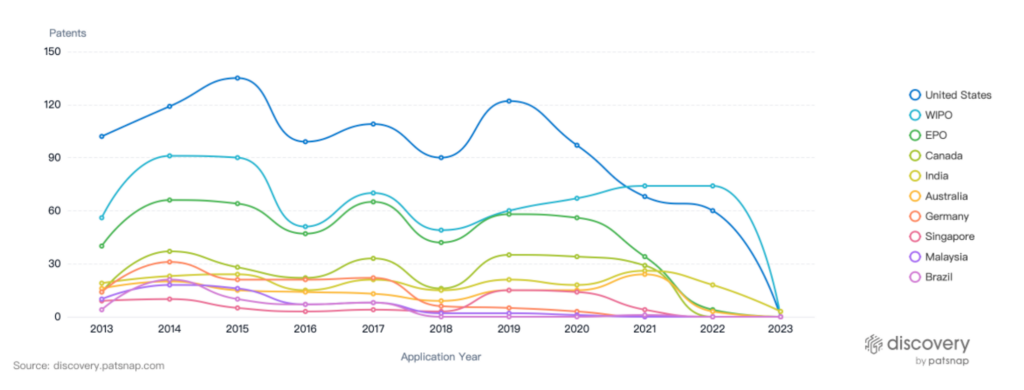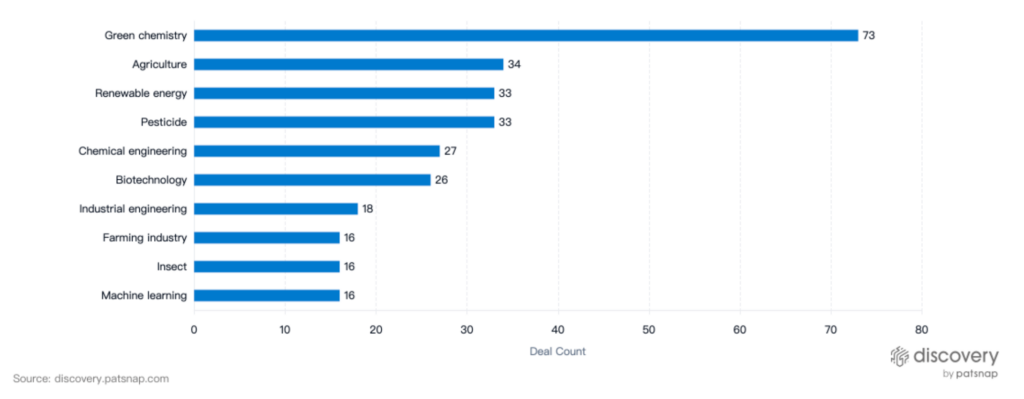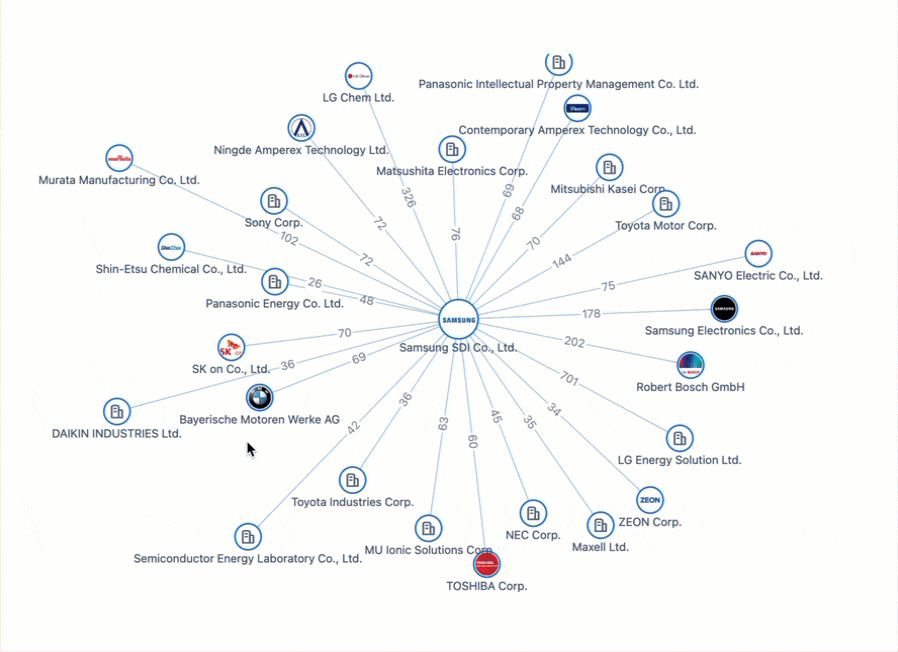3 New Sustainable Trends Shaping Chemical Innovation
Chemicals play a critical role in our daily lives. They are used in everything from food and medicine to transportation and construction. However, the production and use of chemicals also have a significant impact on the environment and contribute to climate change. To address these challenges, chemical innovation for sustainability and climate action is crucial.
In this article, we’ll explore the importance of chemical innovation for sustainability and the trends shaping it.
The Need for Chemical Innovation for Sustainability
Chemical innovation for sustainability is necessary to reduce the environmental impact of chemicals while still meeting the needs of society. For example, the production of plastics is a major source of greenhouse gas emissions, and plastic waste contributes to pollution and harms marine life. Chemical innovation for sustainability seeks to develop new materials and processes that reduce these negative impacts.
Chemical innovation can also contribute to climate action. Chemicals are used in energy production, and new technologies are being developed to reduce the carbon footprint of these processes. For example, innovations in battery technology can reduce the need for fossil fuels in transportation and energy storage. Chemical innovation for sustainability can help to create a more circular economy, where resources are used more efficiently and waste is minimized.
Sustainable Innovation Trends Shaping Chemical Innovation
Trend #1: Renewable Feedstocks
Renewable feedstocks are raw materials that can be replenished and are derived from renewable sources such as plant and animal biomass, algae, and waste. They are important because they offer a more sustainable alternative to traditional feedstocks, which are often derived from fossil fuels and have a finite supply.
For example, bioplastics are made from renewable feedstocks and are biodegradable, reducing the negative impact of plastics on the environment.

Renewable feedstock intellectual property is trending significantly in the United States and Europe, with India, Canada, and Australia emerging as up-and-coming markets in this space.
By using renewable feedstocks, the environmental impact of chemical production can be reduced, and greenhouse gas emissions can be lowered. Additionally, the use of renewable feedstocks can promote the development of a circular economy, where waste is minimized, and resources are used more efficiently.
Trend #2: Green Chemistry
Green chemistry seeks to minimize the use and generation of hazardous substances in chemical processes. This approach can reduce the environmental impact of chemicals and make chemical production more sustainable. For example, some companies are developing plant-based surfactants to replace traditional surfactants, which can be toxic to aquatic life.

The graph above illustrates where research and development is focused, based on the top venture capital deals. By designing chemical processes and products that are safer and more sustainable, green chemistry can help to reduce the use and generation of hazardous substances, minimize waste, and conserve resources.
Trend #3: Artificial Intelligence
Artificial intelligence (AI) is a powerful tool in chemical innovation for sustainability. It can enable the identification of more sustainable raw materials and ingredients by analyzing large datasets. For example, AI can identify renewable feedstocks as an alternative to traditional fossil fuel-derived feedstocks. This can lead to the development of more sustainable chemicals with a lower carbon footprint.
Additionally, AI can optimize chemical processes for sustainability. AI models chemical reactions and identifies optimal reaction conditions, such as temperature and pressure, which can reduce energy consumption in chemical production. This results in more efficient chemical processes with lower energy consumption and greenhouse gas emissions.
By using AI to enhance sustainability in chemical innovation, it is possible to develop more environmentally friendly and sustainable chemicals. This contributes to the creation of a more sustainable and circular economy, where waste is minimized and resources are used more efficiently. The development of more sustainable chemicals can also reduce the impact of chemicals on the environment and promote climate action.
Closing Thoughts
Sustainability-focused chemical innovation is crucial for reducing environmental impact and contributing to climate action. Renewable feedstocks, green chemistry, and AI are shaping this innovation. By developing new materials and processes, chemical innovation can contribute to a more sustainable and circular economy.
Your recommended content
-

All Charged Up: Power Batteries & The Patent Race Shaping the Future of Electric Mobility
Category: Article | Category: battery technology | Category: electric vehicle | Category: EV | Category: lithium ion | Category: lithium ion battery | Category: NEV | Category: new energy vehicles
Monday, April 22, 2024
In the ever-evolving landscape of innovation, the electric vehicle (EV) industry stands as a beacon of technological transformation. As we explore the patents propelling the EV revolution, Apple's venture serves as a poignant example of the challenges even industry giants face in this competitive arena. Join us on a journey through the global patent landscape, where the quest for superior power solutions unfolds, and where the true pioneers of the EV revolution are making their mark.
-

The People vs. AI: Who Owns Ideas in the Era of Generative Artificial Intelligence?
Category: AI era | Category: AI-driven creativity | Category: AI-generated creations | Category: Article | Category: copyright and patent rights | Category: digital innovation | Category: innovation | Category: intellectual property law | Category: legal implications | Category: OpenAI Sora | Category: patent law | Category: Research Tag | Category: Sora | Category: text-to-video generative AI | Category: who owns AI
Monday, April 22, 2024
OpenAI’s Sora software, a text-to-video generative AI model, recently made headlines showing a series of 1-paragraph prompts and some high-quality footage generated based on those prompts. It is a rightfully impressive showing, but it’s still too early to identify how IP law will be disrupted by generative AI. This editorial delves into the multifaceted landscape of Sora's impact, offering insights into the future of innovation and ownership in the AI era.
-

Patsnap Releases 2023 Global Innovation Report: The Brilliant Names to the Dynamic Landscape of Innovation
Category: Article | Category: eBook | Category: Research Tag | Category: Whitepaper
Wednesday, November 15, 2023
The Global Innovation 100 and Global Disruption 50 transcend individual entities, each representing a small innovation ecosystem with numerous subsidiaries. Through the innovation data of these companies, we gain insights into the characteristics, structures, and trends of global innovation.